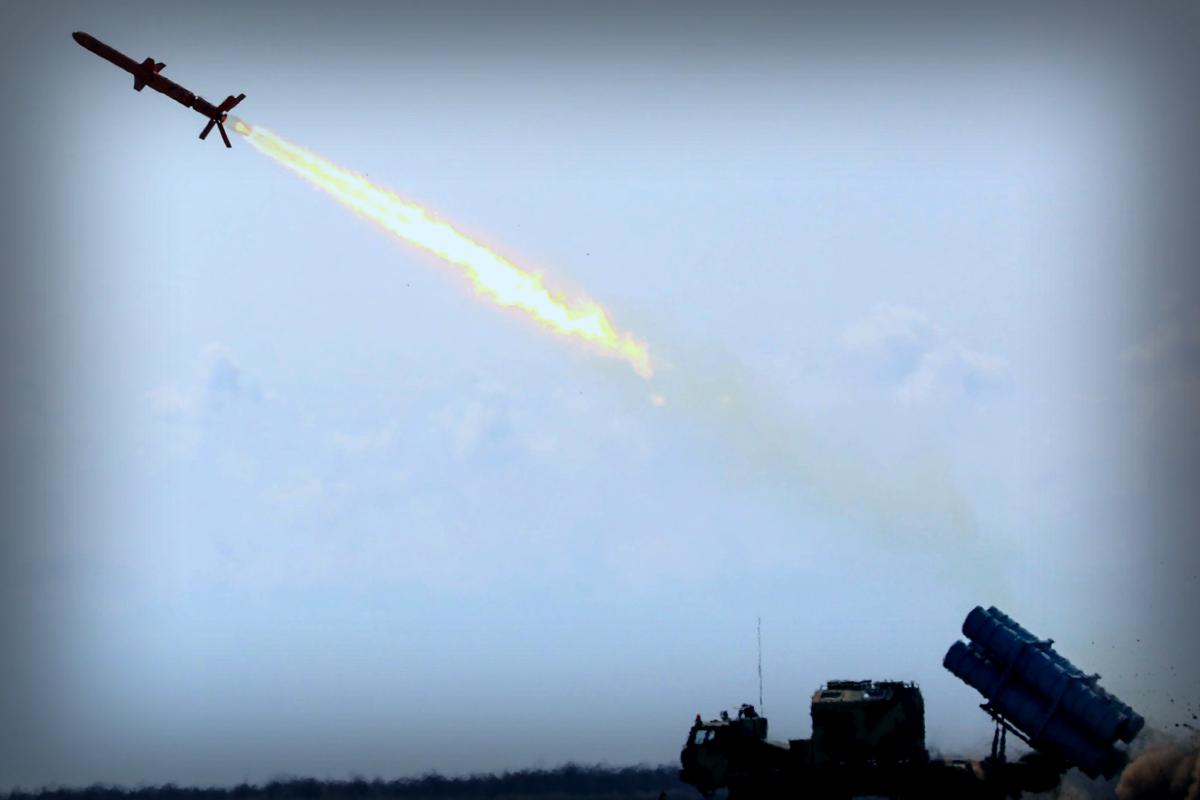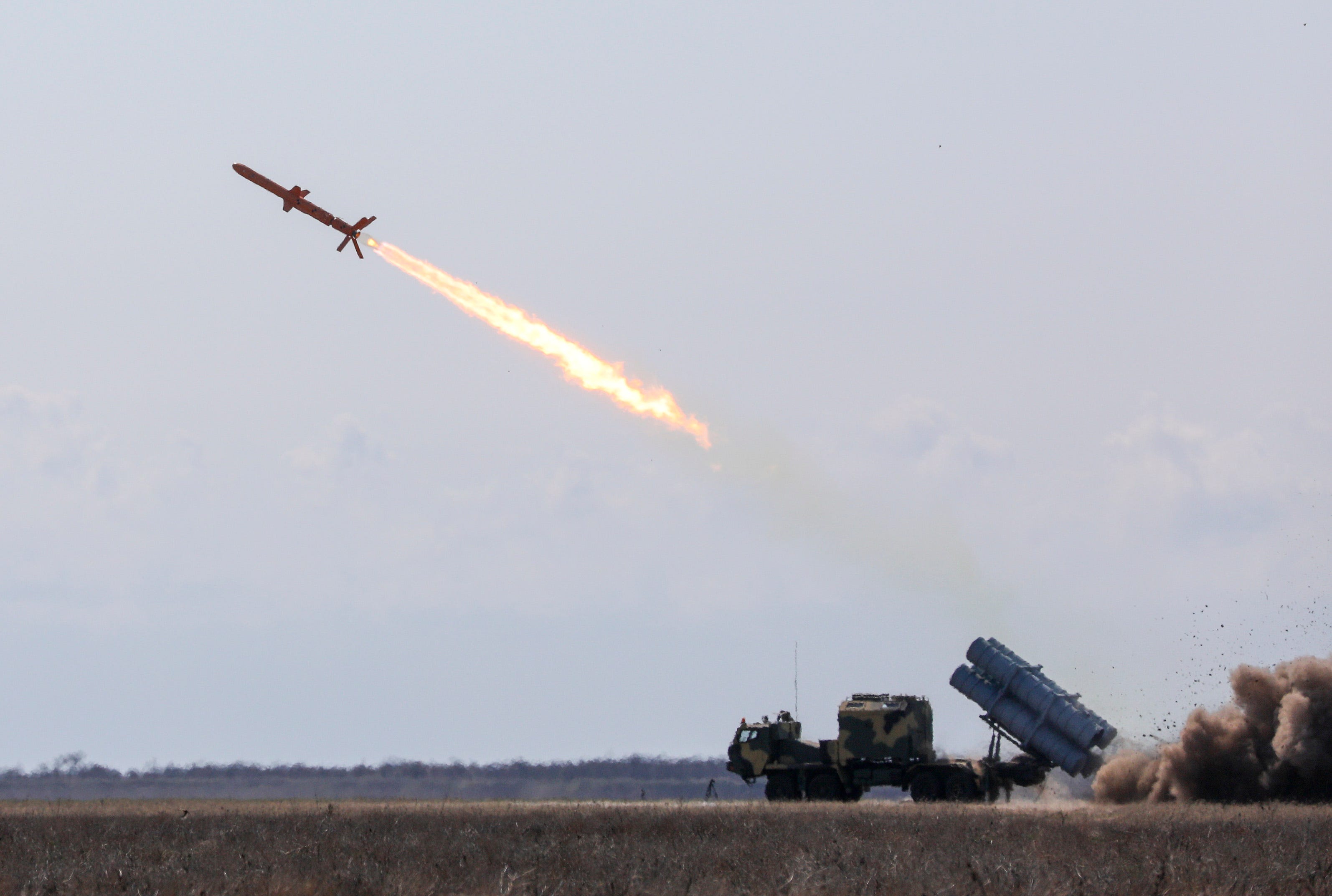- Zelenskyy announced that Ukraine’s long-range missiles empower it to strike deep within Russia.
- This marks a significant shift from the previous need for Western consent for operations beyond its borders.
- His comments follow a report indicating that the Pentagon has blocked certain ATACMS operations in Russia.
In a statement on Sunday, President Volodymyr Zelenskyy emphasized that Ukraine now possesses the capability to attack deep inside Russia without American coordination.
“Currently, we are employing our long-range weapons developed domestically. Frankly, the topic hasn’t come up in discussions with the US for some time now,” Zelenskyy disclosed during a joint press briefing alongside Canadian Prime Minister Mark Carney.
He remarked, “There was a period when we received mixed signals regarding our response to Russian strikes on our energy infrastructure. That feels like it was in the distant past; these discussions are no longer on the table.”
The president’s remarks indicate a dramatic shift away from a situation where Ukraine was dependent on foreign backing, particularly from the US, for its long-range strike operations against Russian forces.
Previously, Ukraine utilized long-range Western systems like the Army Tactical Missile Systems (ATACMS), which typically required approval from Washington for incursions into Russia.
The ATACMS specifically needs satellite data from the US for precision strikes, giving the Pentagon significant control over its deployment.
For months, NATO allies hesitated to grant provo permissions for Ukraine to target Russia, which limited Ukrainian operations purely to its own territory.
Ukrainian officials expressed continuous disappointment, feelig hindered from striking Russian troops concentrated near their border.
After a prolonged indecision in November, the Biden administration finally permitted some attacks on Russian territory using munitions such as the ATACMS and Storm Shadow missiles.
However, this latest report gives scope for concern. The Wall Street Journal revealed over the weekend that the Pentagon had once again limited Ukraine from launching ATACMS strikes against Russia and impeded at least one operation request.
Karoline Leavitt, the White House press secretary, commented to the WSJ that there has been “no change in military posture in Russia-Ukraine at this time.”
This comes as the Trump administration aims to bring Russian President Vladimir Putin to a negotiation conference, addressing prospects for peace.
Donald Trump even brought up this matter in a post on Thursday’s TruthSocial, critiquing Joe Biden, his predecessor.
“Winning a war seems unfeasible without striking the invading country right at home. It’s reminiscent of a sports team with solid defense but no offensive strategy—chances of victory are slim! That’s what Ukraine faces with Russia,” Trump expressed.
Interestingly, back in December, he disclosed to Time Magazine his strong objections to Ukraine’s ATACMS deployment against Russia.
In recent years, Ukraine has advanced its own long-range missile systems, which would enable more flexible and independent operations against Russian targets.
One of these advancements is the Neptune cruise missile, a truck-mounted system designed for naval operations.
While the Neptune was in the works before the large-scale invasion, Ukraine has recently introduced a new ground-launched weapon.
On August 18, the defense ministry reported that Ukraine is now in the stages of serial production for the Flamingo, a domestic missile with a projected range of 1,800 miles.
This advancement could allow Ukraine to target important military production sites deep inside Russia, even in regions like the Urals.
Zelenskyy noted on Friday that mass production of the Flamingo could commence by February.
“The missile has been successfully tested; it’s currently our most efficient missile,” he shared with the press.
In addition to precision strikes, Ukraine also conducts regular assaults on Russian energy facilities and weapon manufacturing plants using slower fixed-wing drones.




















